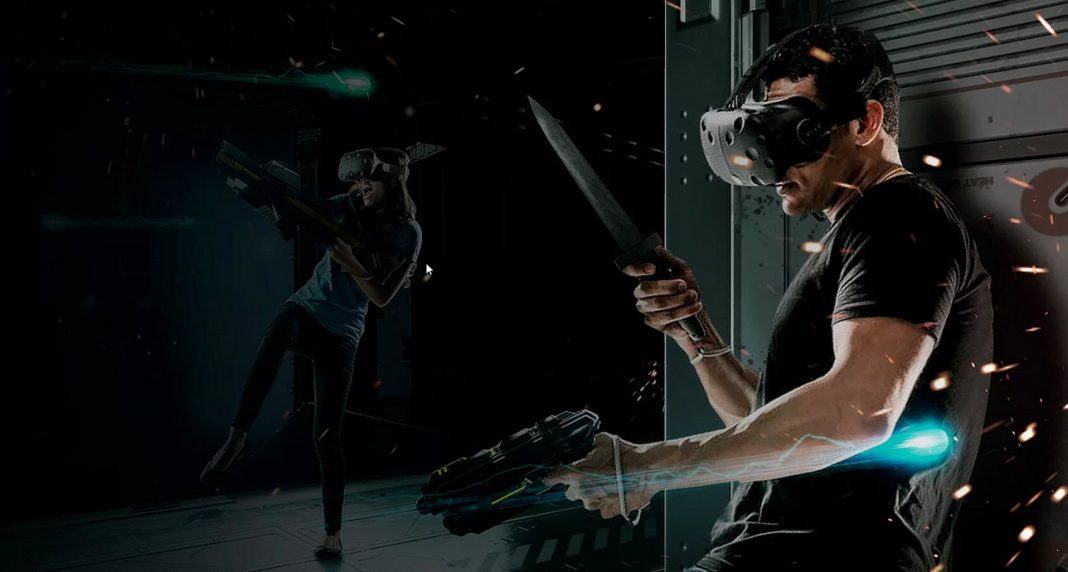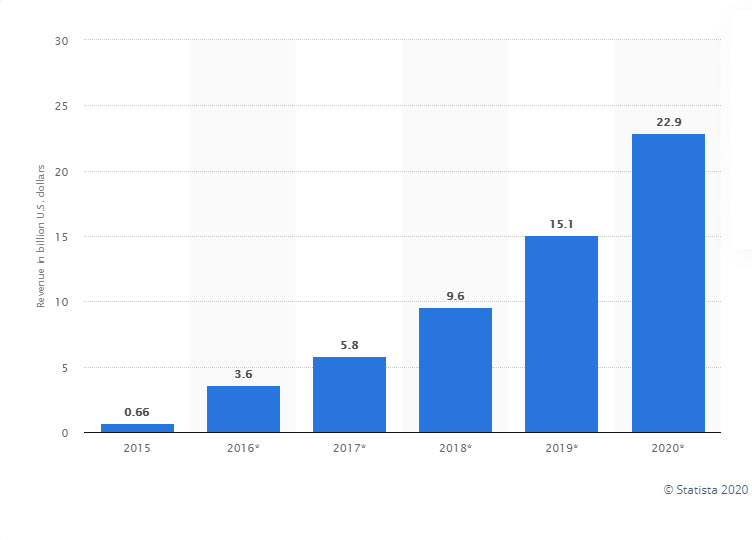
Virtual Reality (VR) has been around for a while, but it has yet to take off fully. Stephanie Llamas of SuperData Research likens VR’s adoption rate to other media: Like color TV, cellphones, and the internet before it, things are bound to start out slowly. Then, an inflection point is hit, resulting in an adoption upswing. Currently, VR is in its infancy, with reported revenues at an estimated $12.1 billion in 2018.

But the VR space continues to scale, driven largely by the world of gaming. A Statista graph shows that VR video gaming sales revenue has been on an uptick, starting at an estimated $3.6 billion in 2016, to $5.8 billion in 2017, $9.6 billion in 2018, and $15.1 billion in 2019. This success can be attributed to the release of acclaimed titles like Beat Saber and Fallout 4 VR, and the distinct possibility of even better games means gaming will continue to be one of the key drivers of VR. It won’t be the only one, though.

Enhancing entertainment
Miniflix’s article on the ‘State of Virtual Reality and Film’ rightly notes that “technology and artistic achievement have been inseparable.” The fact that VR is now being used in cinema is a testament to this connection. The groundbreaking short Flesh and Sand (2017) by Alejandro González Iñárritu showed just how VR can enhance film and how it may very well be the future of cinema. Since then, major film festivals like Cannes have adopted VR film screenings, and are validating the technology along the way.
Theater companies like Cinemark and AMC are even bringing the VR experience to the masses thanks to location-based VR, giving people immersive experiences unlike any other. The technology is even being used in actual filmmaking, with The Lion King (2019) director Jon Favreau explaining how VR was used to drive the camera during filming. The result is a technically animated film, but one that feels “like a live-action movie.”
Improving training
Virtual reality is also being used for training. In fact, several F500 companies are now using VR to train the next generation of American workers. Walmart has been the leader in this regard, as it has featured tethered VR devices across its 20 Walmart Academies. But now, thanks to VR’s increasing mobility, the company has rolled out its high-tech training program to more than 1 million associates in over 4,600 stores.
Other companies using VR for training include UPS, Boeing, JetBlue, United Rentals, and Fidelity. The fact that these companies have seen increased retention rates and better productivity after adopting VR illustrates how the technology has found its place in the world of training, where it is “expanding faster than anyone imagined.”
Rise of the free-roam system
While entertainment is and will continue to be a huge chunk of how VR will change the way we consume information, it’s also just one aspect of the experience. In fact, the developers of the HP VR G2 backpack suggest using the free-roam system for architectural walkthroughs, art installations, and other immersive experiences that are only possible with this type of technology. These applications, at least for some experts in the industry, represent VR’s truest form and are now being leveraged accordingly.
Presently, the free-roam system is mostly being used in immersive gaming experiences (often via VR arenas). But the technology is starting to have an important role in futuristic public installations and state-of-the-art enterprise workflows, too. That role will continue to expand once free-roam systems make greater inroads in industries such as tourism and architecture. And although the system is nascent at best, its untapped potential is why it is regarded as the real future of VR.

